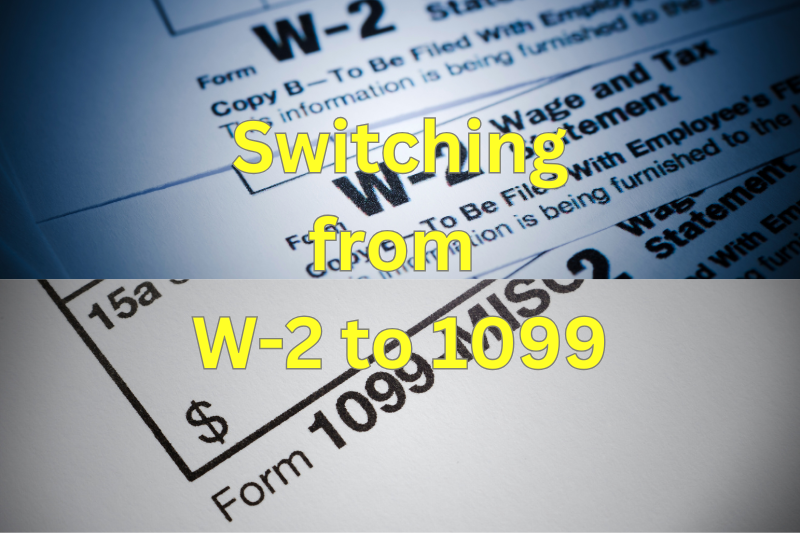So you’ve been out here grinding. LLC in the bio. Invoices flying. Taxes paid (hopefully).…
Lowering Your Interest Rate When Buying A Home
An important aspect of buying a home is securing a favorable interest rate on your mortgage. In an unpredictable market, knowing how to lower your interest rate can have a substantial impact on your long-term financial health. Whether you’re a first-time homebuyer or seeking to refinance, here are some effective strategies to consider for obtaining a lower interest rate on your home loan.
1. Enhance Your Credit Score
Your credit score wields substantial influence over the interest rate you’re offered. Lenders leverage this score to gauge your creditworthiness and risk level. A higher credit score commonly translates to a lower interest rate. Start by scrutinizing your credit report and rectifying any inaccuracies. Furthermore, concentrate on reducing existing debt and ensuring timely payments to progressively boost your score over time.
2. Explore Various Lenders
Diverse lenders frequently offer differing interest rates and loan terms. Don’t settle for the initial offer that comes your way. Dedicate time to explore and compare rates from assorted lenders, encompassing traditional banks, credit unions, and online mortgage lenders. This competition can work in your favor, as lenders may be inclined to negotiate to secure your business.
3. Evaluate Points or Prepaid Interest
Paying points entails prepaying interest on your loan to secure a reduced interest rate. Each point represents 1% of the loan amount. While this incurs an upfront cost, it can yield substantial savings over the loan’s lifespan. Determine whether paying points aligns with your financial status and your anticipated duration of homeownership.
4. Increase Your Down Payment
A heftier down payment not only diminishes the loan’s principal but also signals to lenders that you possess financial stability and dedication. This might potentially result in a more attractive interest rate proposition. Moreover, placing 20% or more as a down payment could help you sidestep private mortgage insurance (PMI), generating long-term savings.
5. Demonstrate Consistent Income
Lenders seek assurance of your steady and dependable income for making mortgage payments. A reliable employment history and a low debt-to-income ratio can fortify your case for a reduced interest rate. Prepare to furnish documentation of your income, including tax returns, pay stubs, and employment verification.
6. Opt for a Shorter Loan Term
While a 30-year mortgage term is customary, selecting a shorter term like 15 or 20 years often results in a diminished interest rate. While monthly payments will be higher, the overall interest paid throughout the loan’s lifespan will be lower. Assess your financial situation to ascertain if the elevated monthly payments are manageable.
7. Enhance Property Appraisal Value
For refinancers, an elevated property appraisal value can lead to a reduced loan-to-value (LTV) ratio, translating to a lower interest rate. While local real estate market conditions might be beyond your control, enhancing your property’s allure through repairs and renovations can influence its appraisal value.
8. Secure Your Interest Rate
Interest rates can be volatile, susceptible to change. Once you identify a favorable rate, consider locking it in with the lender. This implies that the rate remains guaranteed for a specified period, generally until the loan’s closure. This safeguard shields you from potential rate hikes during this timeframe.
9. Demonstrate Financial Resilience
Illustrating financial reserves or savings beyond down payment and closing costs can mitigate lenders’ concerns. Possessing a financial buffer can reassure them of your capability to handle unforeseen expenses.
10. Collaborate with a Mortgage Broker
Mortgage brokers possess an extensive network of lenders and can aid you in locating the best rates and terms aligned with your financial profile. They can also advocate on your behalf, potentially securing a more competitive proposal. Click HERE to get a review of your file.





